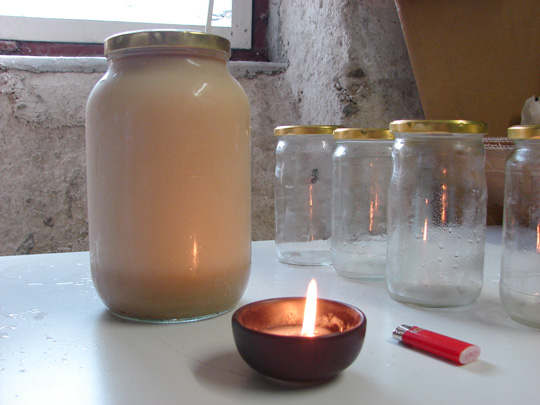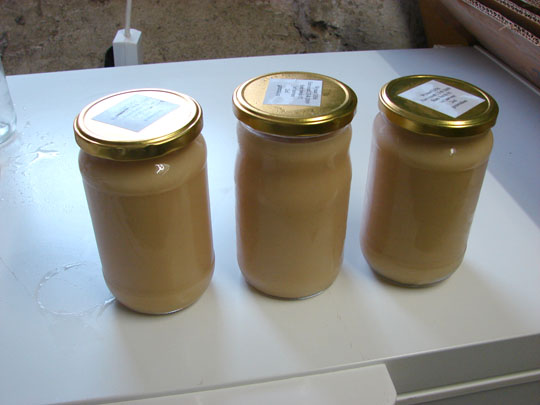Last night I took my SMALLEST jar of washed yeast. There was only about a teaspoon of actual yeast (1056), maybe even less. I boiled a quart of wort I had canned and put it in the 1 litre flask. I shook the bejesus out of it lots of times as it cooled to add some 02. Pitched the little bit of yeast. Not much action this morning, but when I got home from work tonight, it had a nice head of foam on top. I shook it again and lot of Co2 came out of solution. I have some 8 oz jars that are 1/2 full of yeast. This is the BALLS!
This was from the jar on the left of post #430.
AND I ordered a stir plate a week ago. Just waiting........
David
This was from the jar on the left of post #430.
AND I ordered a stir plate a week ago. Just waiting........
David









